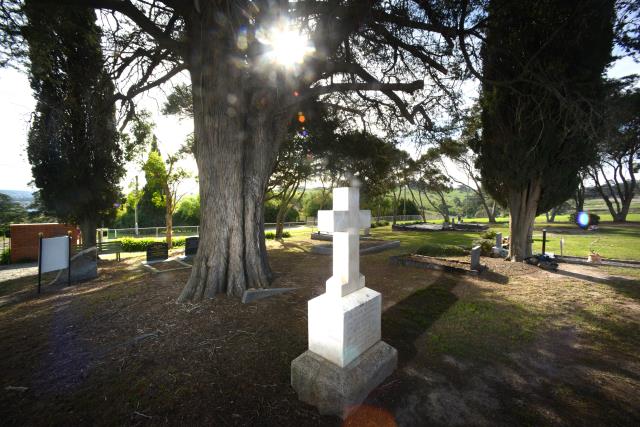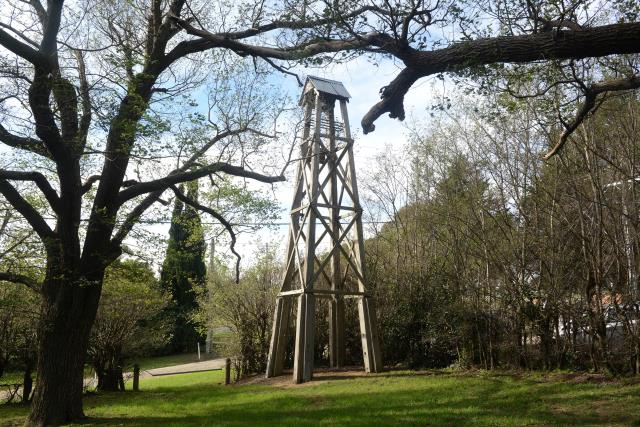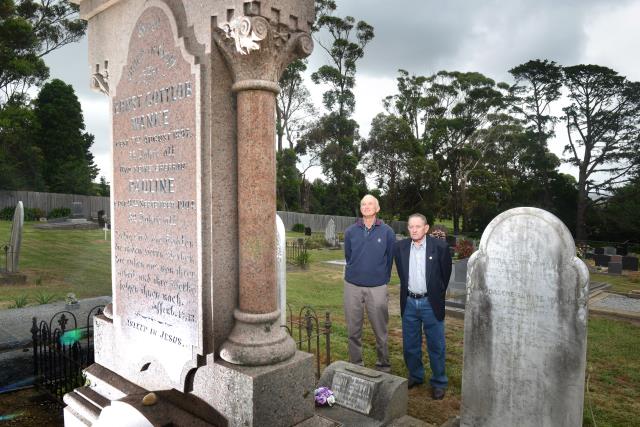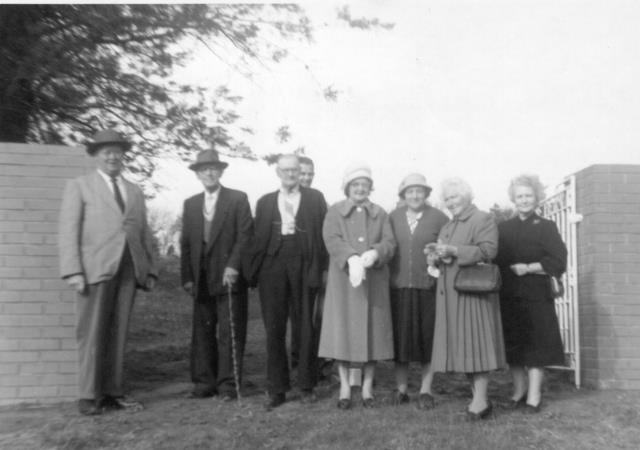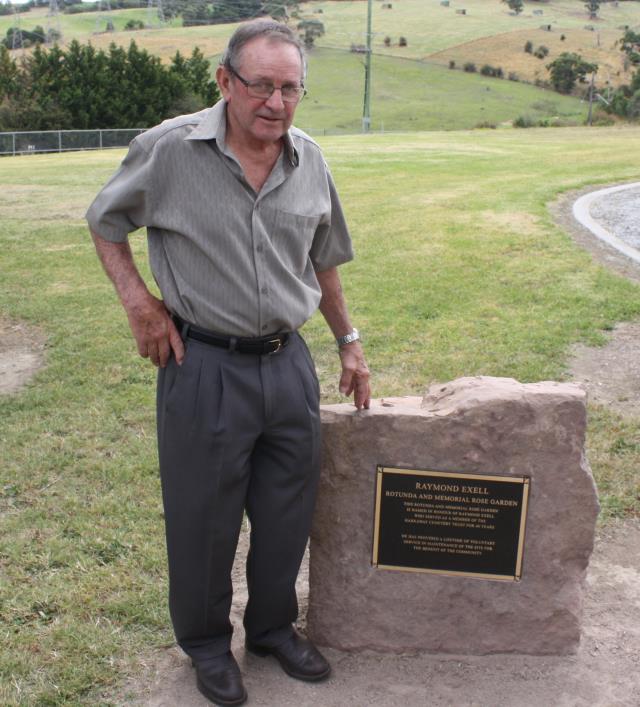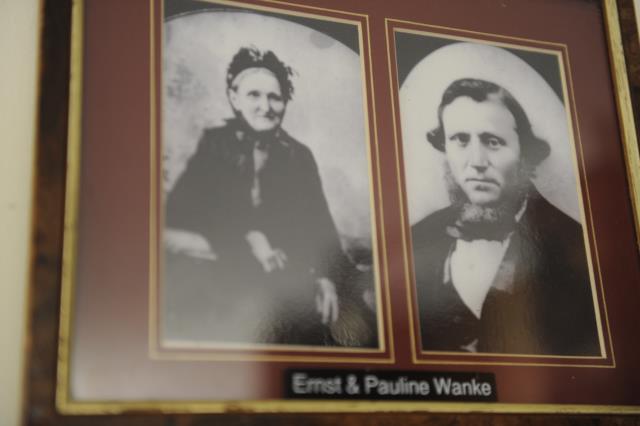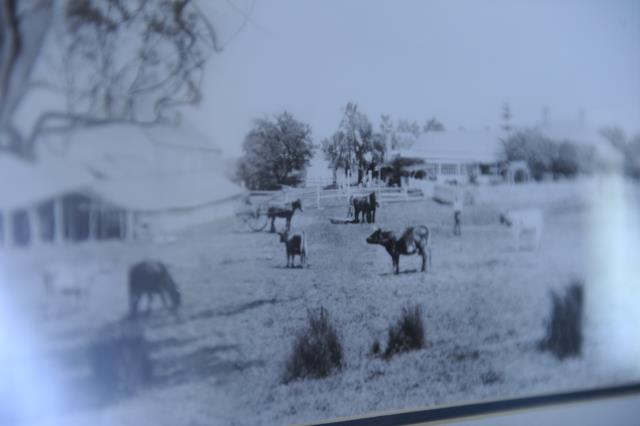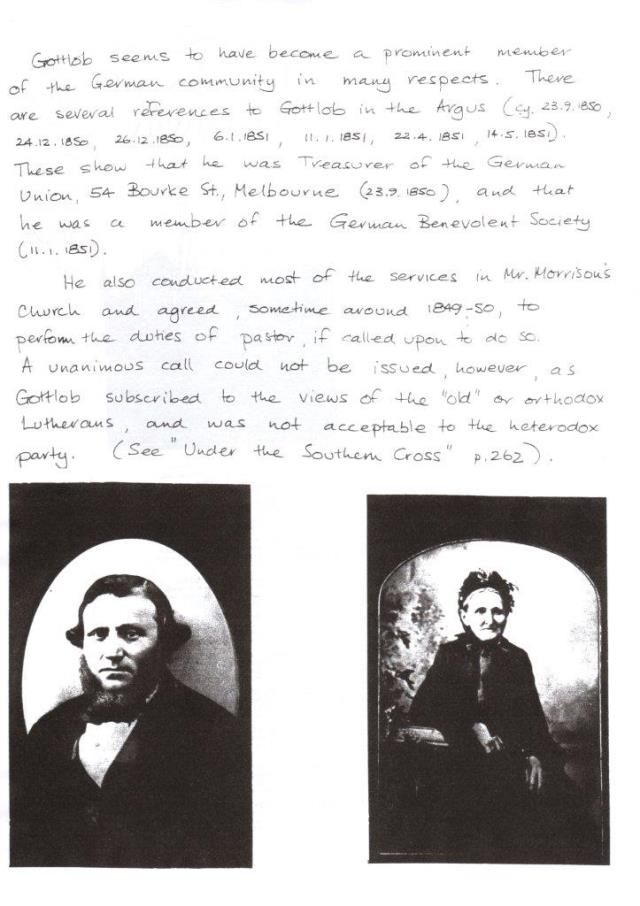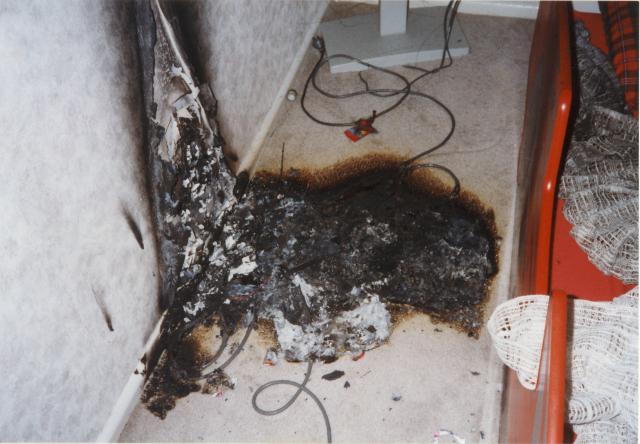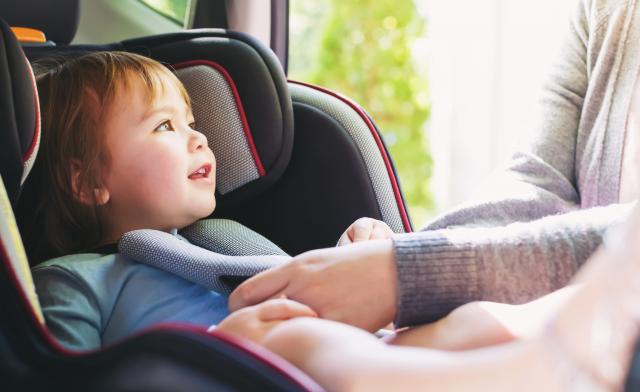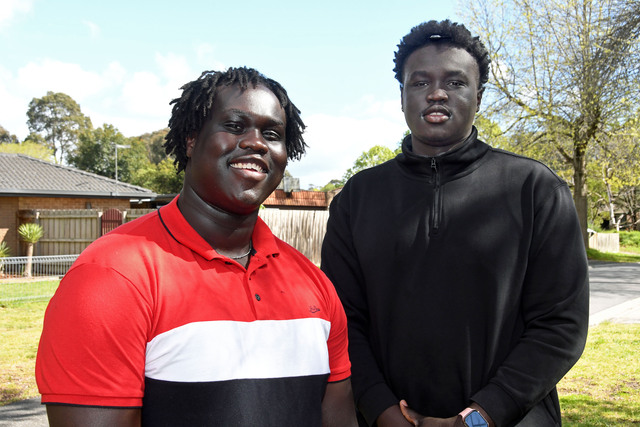NEIL LUCAS delves into the origins of the picturesque Harkaway Cemetery in his latest look at the significance of place a street names in the region.
In March 1856 Lutheran immigrant Ernst Gottlob Wanke (known as Gottlob) purchased 640 acres (260 hectares) and later, a further 318 acres (129 hectares), at Harkaway.
He named the property Hillcroft, and over a period of time subdivided the land selling of various parts including three separate portions to other German settlers, John, Charles and Wilhelm Aurisch, and another parcel of land to a Mr Schache.
The presence of these settlers attracted further members of the Lutheran faith who had immigrated to Australia to escape the persecution being experienced in Prussia.
Gottlob’s brother Johann Gottlieb Wanke purchased land from his brother and donated part of it for the construction of a building to be used as a school and church for the local Lutheran community. The building was built together with a bell tower in 1869. The bell was imported from Germany.
The death of Lutheran residents over a period of years resulted in burials being undertaken on what was described as “on the hill”. This designated place for burials was on an area of land originally in Gottlob Wanke’s eastern holding and almost adjacent to the church.
With a view to formalising the area being used as a cemetery, in the 1850s (between 1855 and 1858), a number of local residents privately leased three acres of land from Mr Schache where the burials had occurred.
The term was for a period of 999 years, one acre to be used as a private cemetery, and the remaining two acres as schoolgrounds.
In the late 1860s, with Mr Schache’s approval, the whole three acres were converted to cemetery usage and agreement was reached that the land title would be transferred and the lease set aside.
Following funeral services, to the tolling of the bell, the coffin would be carried up the hill from the church for burial in the cemetery. Records held by the Cemetery Trust indicate that there are 55 unmarked graves in the original cemetery grounds. The earliest discernible memorial in the cemetery is dated 1863 and records the death of Henrietta Koenig.
By 1869 there had been at least 22 burials in the cemetery and so the local residents as proprietors, having unsuccessfully sought to have a “Cemetery Company” registered under the Friendly Society Act, met to discuss future arrangements.
It was agreed that the cemetery should be converted to a public cemetery and that the land should be surrendered to the government provided that each of the original members could retain portion of the area as a family burial place.
The following were proposed as trustees – William A C a’Beckett MLC, Francis Barr JP, Louis Lensing, Ernest Gottlob Wanke and Jacob Hessel, and the name “Zion’s Hill” was suggested as the name of the cemetery.
In 1870 the Attorney General agreed to the proposal but it seems that the proclamation as a public cemetery was not proceeded with for some reason in spite of a request being received for a Deed of Conveyance to be forwarded to the Department of Public Works.
The lack of finality by the government resulted in Gottlieb Schache in 1873 creating a separate title to the cemetery land measuring 800 links by 375 links (160.9m x 75.4m).
It was arranged that the land would be held in trust for a cemetery to be known as Zion’s Hill. The Trustees nominated on the title were Jacob Hessel, William A C a’Beckett, Francis Barr, Louis Linsing and Ernst G Wanke.
A plan was prepared by local surveyor and former Shire of Berwick engineer George W Robinson and this plan allocated particular areas in the cemetery grounds to the local families. This arrangement continued for 32 years until in 1905 the land was formally gazetted by the State of Victoria as a cemetery under the name “Harkaway Cemetery” and ownership passed to the State of Victoria.
At the time of gazettal the trustees of the cemetery were Immanuel Wanke (Gottlob’s son), Francis Barr, George Robinson, Ernest Hillbrich and J Durling.
In 1925, 1952 and again in 1961 the State Electricity Commission acquired easements over the northern section of the cemetery for the purpose of constructing and operating power lines from the Latrobe Valley to Melbourne.
In January 1949 a review of cemetery usage recorded that 216 grave sites had been used in the memorial section of the cemetery grounds.
In September 1950 an article in the local paper described the funeral of Bertha Wanke (Ernst Gottlob’s daughter-in-law, who had married Immanuel Wanke – Bertha was the daughter of Wilhelm Aurisch) – “For Whom The Bell Tolled MRS. BERTHA NATHALIE WANKE. As the funeral of the late Mrs. Bertha Nathalie Wanke, of “Hillcroft”, Narre Warren, left her late home on Monday of last week, the tolling of the old bell at the Harkaway Cemetery drifted across the stillness of the Harkaway hills, and continued until the lengthy cortege arrived at this burial ground of the old pioneers. It was the first time for many, many years, that the historical old bell had sounded, and its clear tones was a reminder to all that another of the district’s grand old pioneers had gone to her reward after a life-time of friendly and cheerful service. The late Mrs. Wanke, was a daughter of the late Mr. and Mrs. William Aurisch and was married at Harkaway at the age of 22. She lived all her 93 years on the property on which she was born and was a loving mother to her large family of nine sons and six daughters”.
Tragically, in 1956 the residence of the Trust Secretary Herman Wanke in Gibb Street, Berwick was destroyed by fire with many of the records of the Trust being lost. Following this incident, significant work was undertaken to re-build trust records particularly in relation to the names of people who had been buried at the cemetery.
Since its creation in the 1850s, for more than 160 years the cemetery was been managed by members of the Lutheran community.
Five generations of the Wanke family have served as trustees of the cemetery and more than 30 members of the family have been buried there. The Hillbrich family has 22 members buried at Harkaway and the Aurisch family 14.
In 1962 the family of Immanuel Wanke erected memorial gates at the cemetery dedicated “in memory of the pioneers and their descendants who rest within”.
Later a plaque acknowledging the service of Alan Wanke who served as a trustee from 1923 to 1998 was placed within the cemetery grounds.
Ray Exell, great great grandson of Ernst Gottlob Wanke, served as a trust member for 40 years and has cut the grass at the cemetery on a voluntary basis for more than 60 years. His contribution to the operation of the cemetery has been recognised by the naming of the “Ray Exell Rotunda and Memorial Rose Garden” in the cemetery grounds in February 2017.
In the 1990s, an initiative by local Councillor Norma McCausland resulted in an unused portion of open space owned by the local council (City of Berwick) located to the east and north of the cemetery being transferred to the State Government to enlarge the cemetery land.
This land was designated in the master plan prepared in 2012 for the purposes of lawn cemetery, access and car parking.
Prior to the mid-1990s all graves were dug by hand. When mechanical excavators became the norm, it was realised that a revision of the then existing cemetery plan would be required to ensure access to grave sites could be maintained.
In 2008 Ray Exell’s’s cousin Len Wanke (also a great great grandson of Ernst Gottlob Wanke) completed a topographical survey of the expanded cemetery and produced a new monumental grave layout. The new plan of the monumental section now has 912 grave sites.
An overall Master Development Plan funded by the City of Casey is now the basis for all future development within the cemetery.
A wonderful tradition continues with the ringing of the bell at funerals and at midnight on 31 December each year when the oldest Harkaway resident present has the honour of tolling in the New Year.
In October 2014 the Harkaway Cemetery Trust merged with the Berwick Cemetery Trust and the Berwick and Harkaway Cemetery Trust was formed made up of members of the two former trusts.

